For a long time, I associated bleakness with profundity. The more depressing the art, the truer I felt it was. I would enjoy films like Threads, Scum, and Requiem for a Dream as if they revealed something essential hidden by the culture. I loved listening to Strangelove and was amazed that music like Suicide could exist. Even now, I’m drawn to photographers like Diane Arbus who intentionally turned their gaze on difficult subjects.
Such works help us to reconcile ourselves to the imperfect reality we find ourselves in. They tame the monsters under the bed by bringing them out in the open. But there is a decadence in consuming misery from the comfort of the sofa, a decadence that often reflects the conditions we find ourselves in. During the Depression of the 1930s, moviegoers wanted to see opulent musicals because they experienced enough misery at home. Whereas during the placid 1990s, Gen X wanted the nihilism of grunge.
It is understandable, given the current threats from climate change, AI, proxy wars, and populism, that people seek escapism. We can observe a rising desire for “good vibes only.”1 Humans are, after all, homeostatic creatures: whatever the external conditions are, we respond internally to achieve equilibrium. For every shell-shocked child we see on the news, a video of a kitten must be consumed on social media.2
The phrase “good vibes only” came to mind this week after I started looking at the images of Robert Doisneau (1912-94), who said: “I don't photograph life as it is, but life as I would like it to be.” Doisneau left over 450,000 negatives when he died, but almost every one of the 101 images he selected to represent his work contains within it a moment of joy or a visual pun.
To enter into Doisneau’s charming world is to take a break from violence, pain, and misery. It is an innocent world, but one that is alive to possibilities.
There are no kittens in Doisneau, but his men sometimes seem like they’ve emerged from a Benny Hill sketch.
Indeed, Doisneau only becomes serious when confronted by the inscrutability of women.
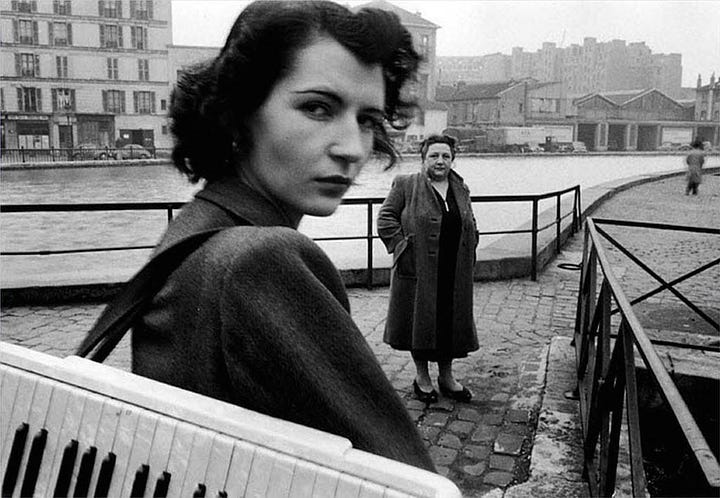
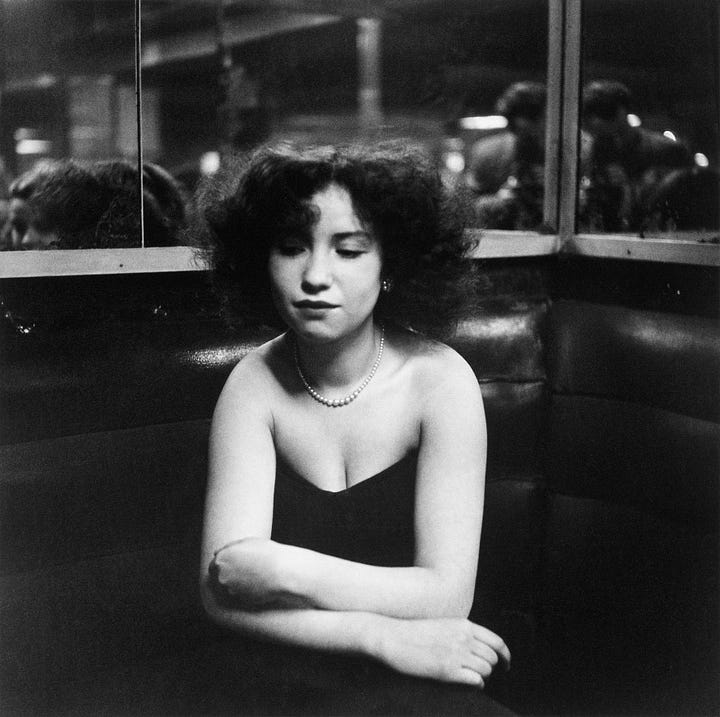
His outlook is intentionally childlike because children are mini-adults who show the absurdity of the world.
It is rare to see a photographer with comic timing, but it is present in Doisneau.
He is most famous for The Kiss by the Hôtel de Ville, which became a bestseller when it was turned into a poster. Like Robert Capa’s Fallen Soldier, this image was later revealed to be staged, slightly undermining its romantic image of Parisian spontaneity.
Unlike Capa, Doisneau refused to photograph the “ugly carnivals” in post-War France, during which women who had collaborated with Nazis had their heads shaved. Does this make him a lesser photographer? To what extent does a photographer have a duty to document what is happening?
If there was an ugly carnival today I guarantee the women would be surrounded by people doubly shaming them by filming them on their smartphone. By consciously choosing to document life as he wanted it to be, Doisneau wasn’t telling the world a noble lie but expressing his character—privileged, curious—as best he could.
The photographs in this article are used for criticism and review under the Fair Dealing provision of UK Copyright Law. All rights to the image remain with the photographer/copyright holder. This use does not claim any rights to the original work and is not for commercial purposes.
This week a new exhibition on Cute, featuring Rachel Maclean, opened at Somerset House, which appears to highlight the abjection beneath the surface.



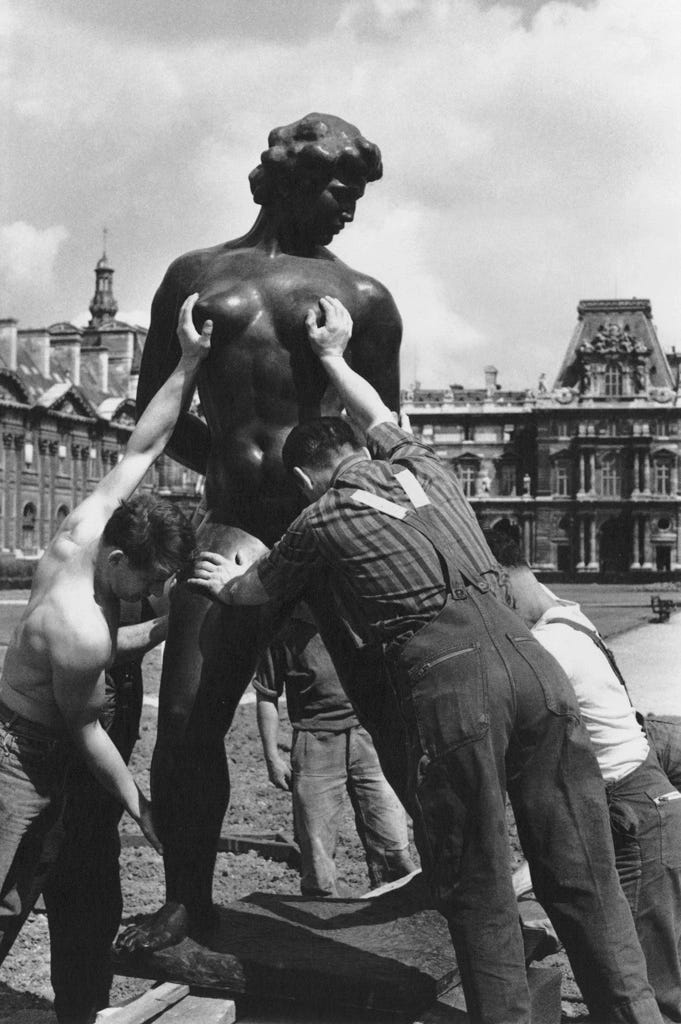
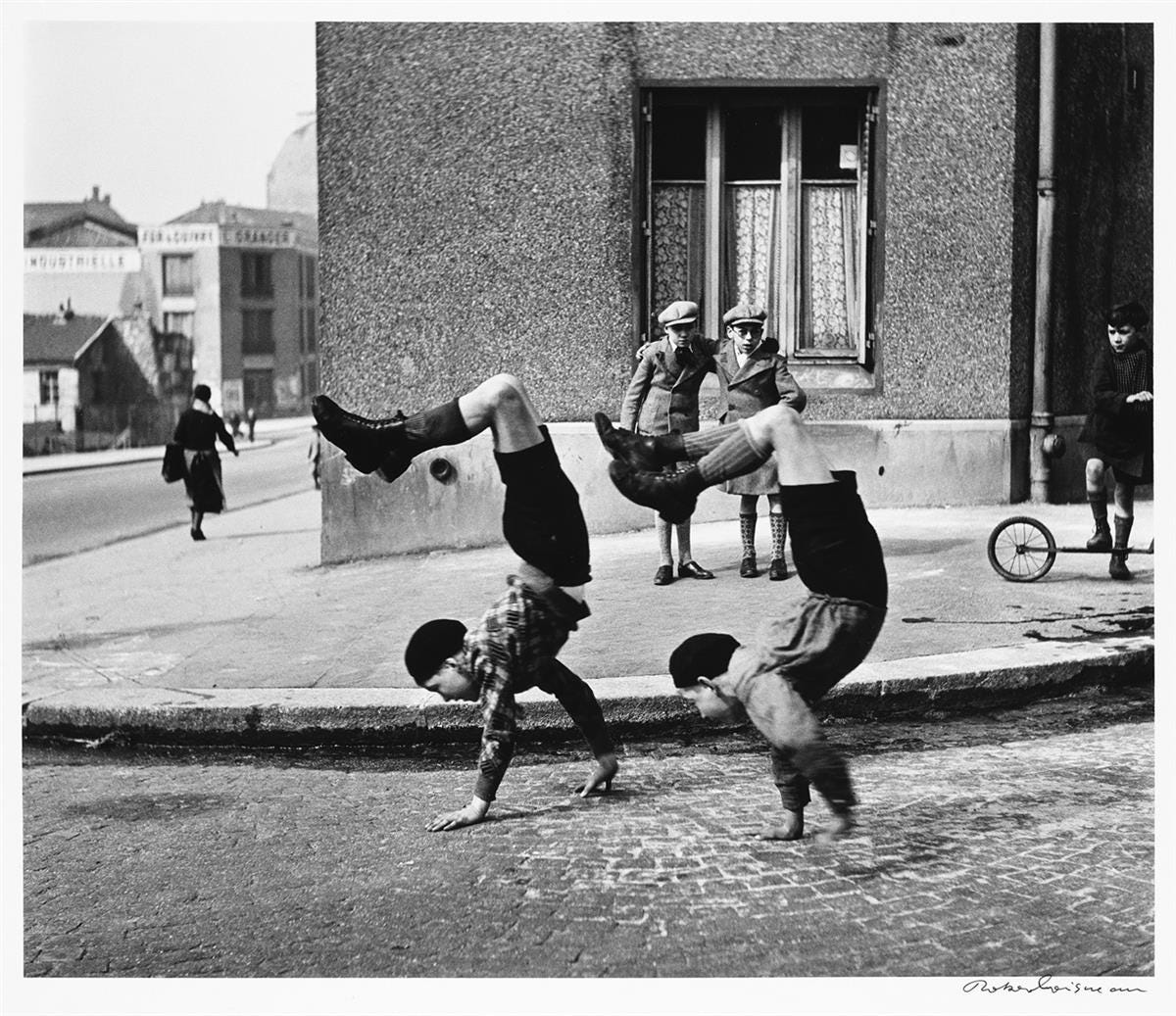

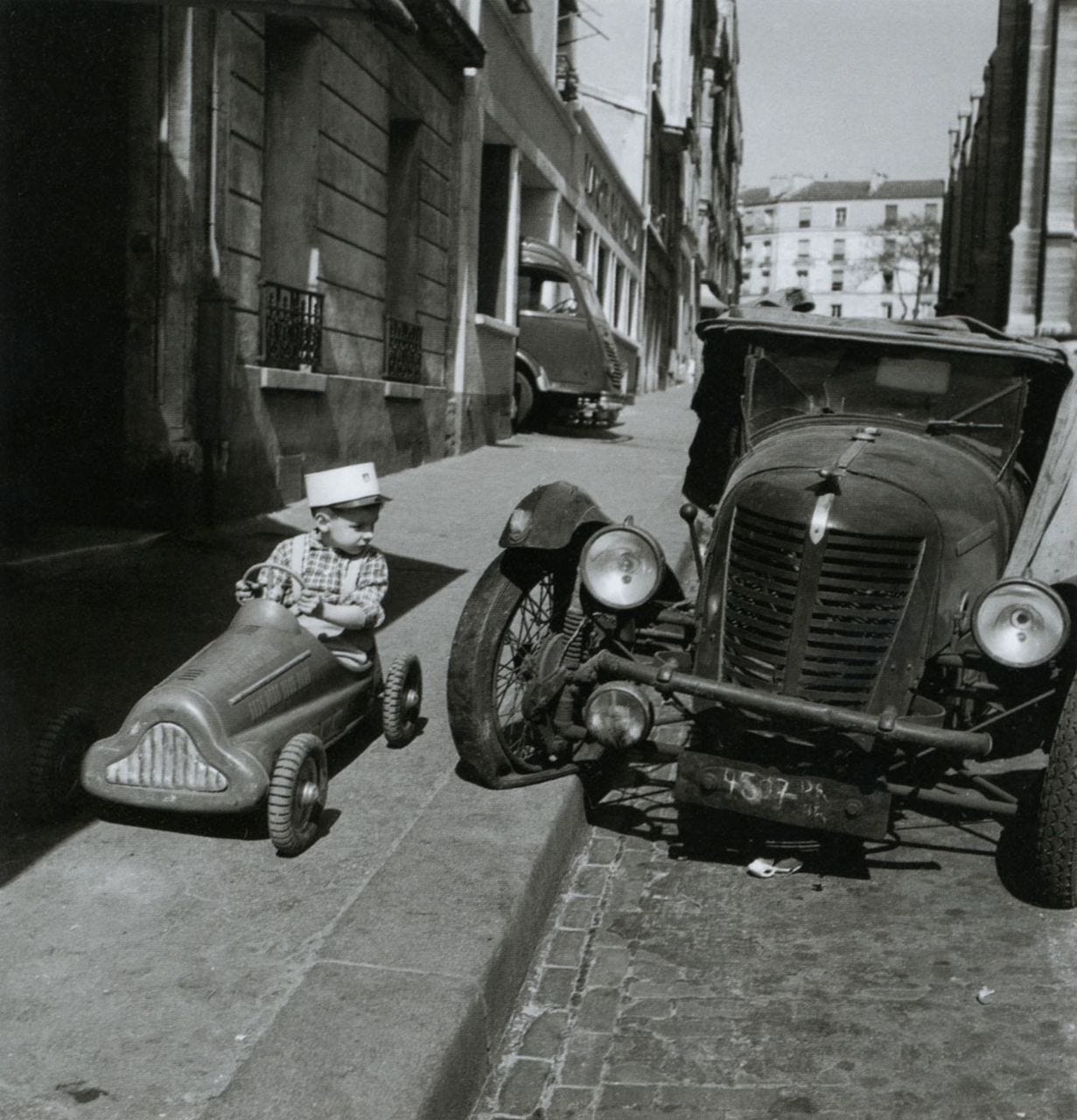
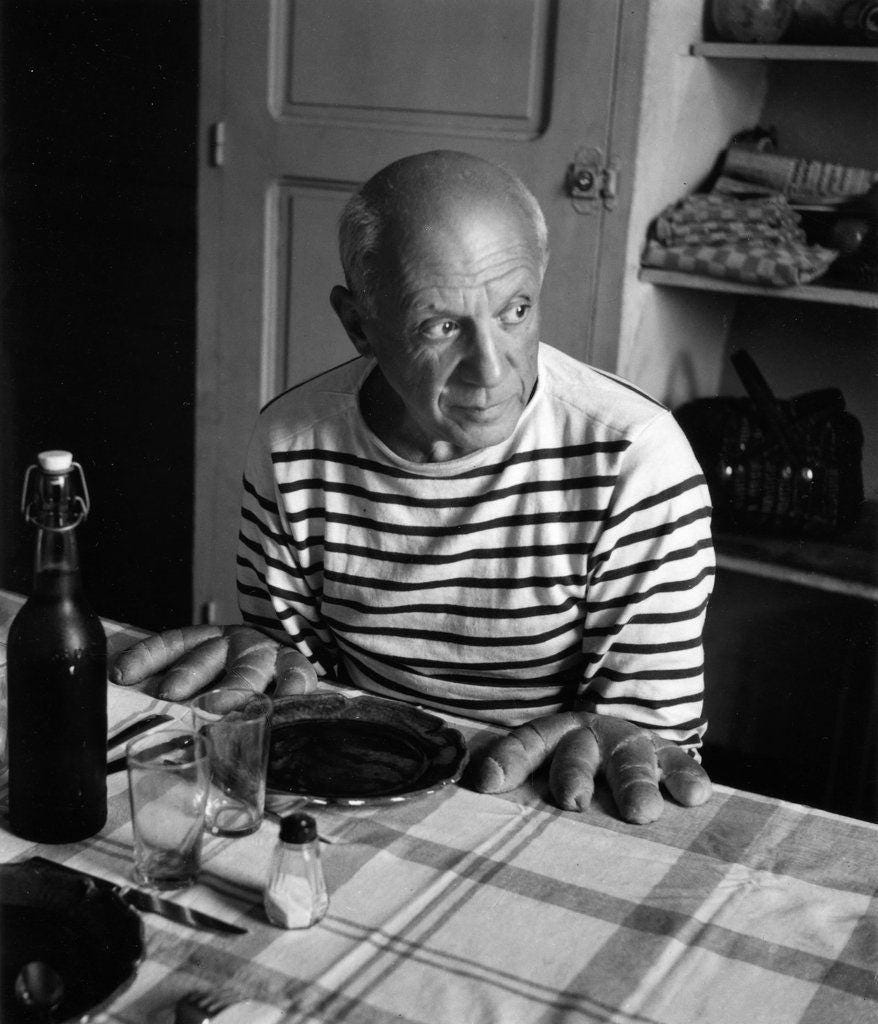
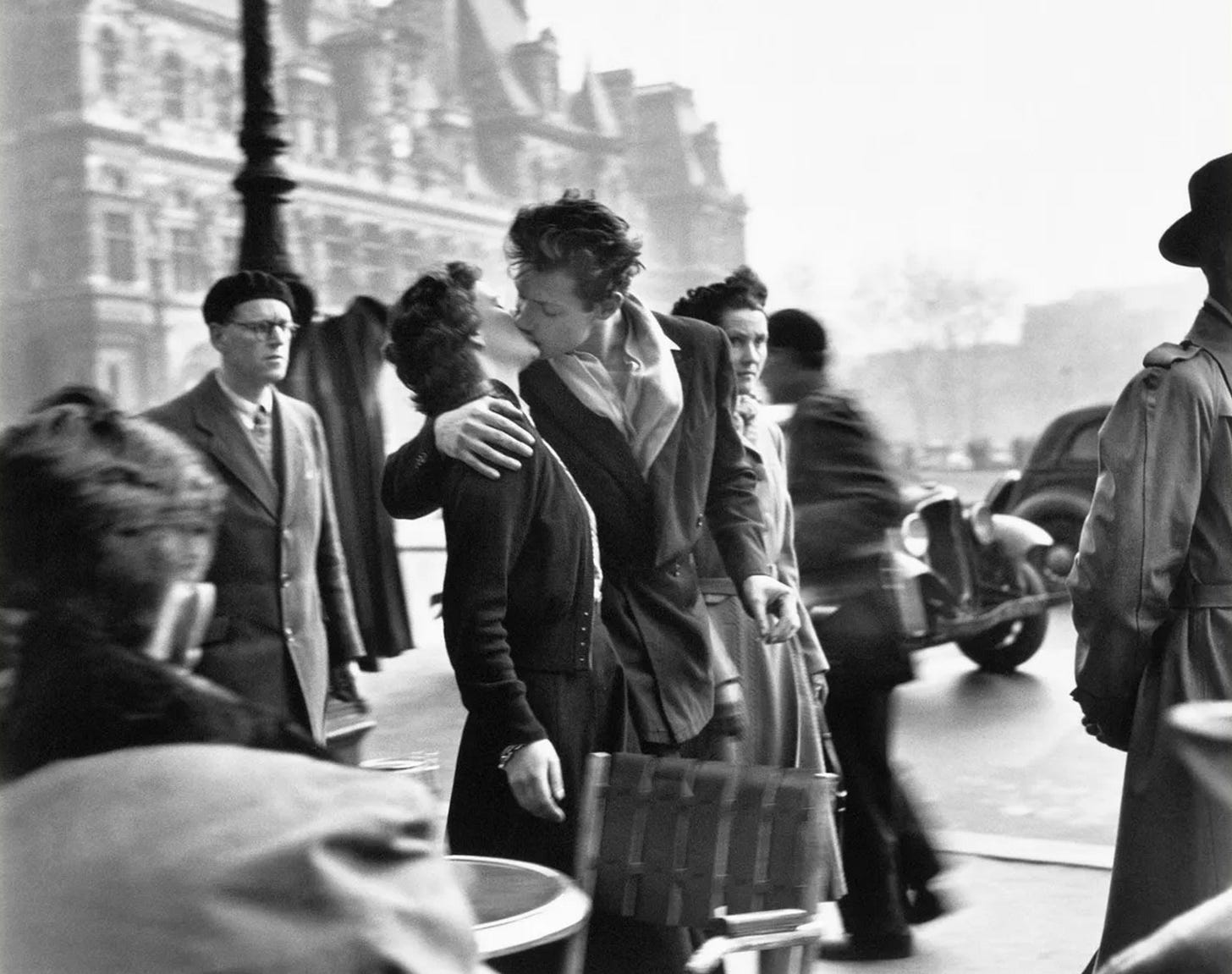
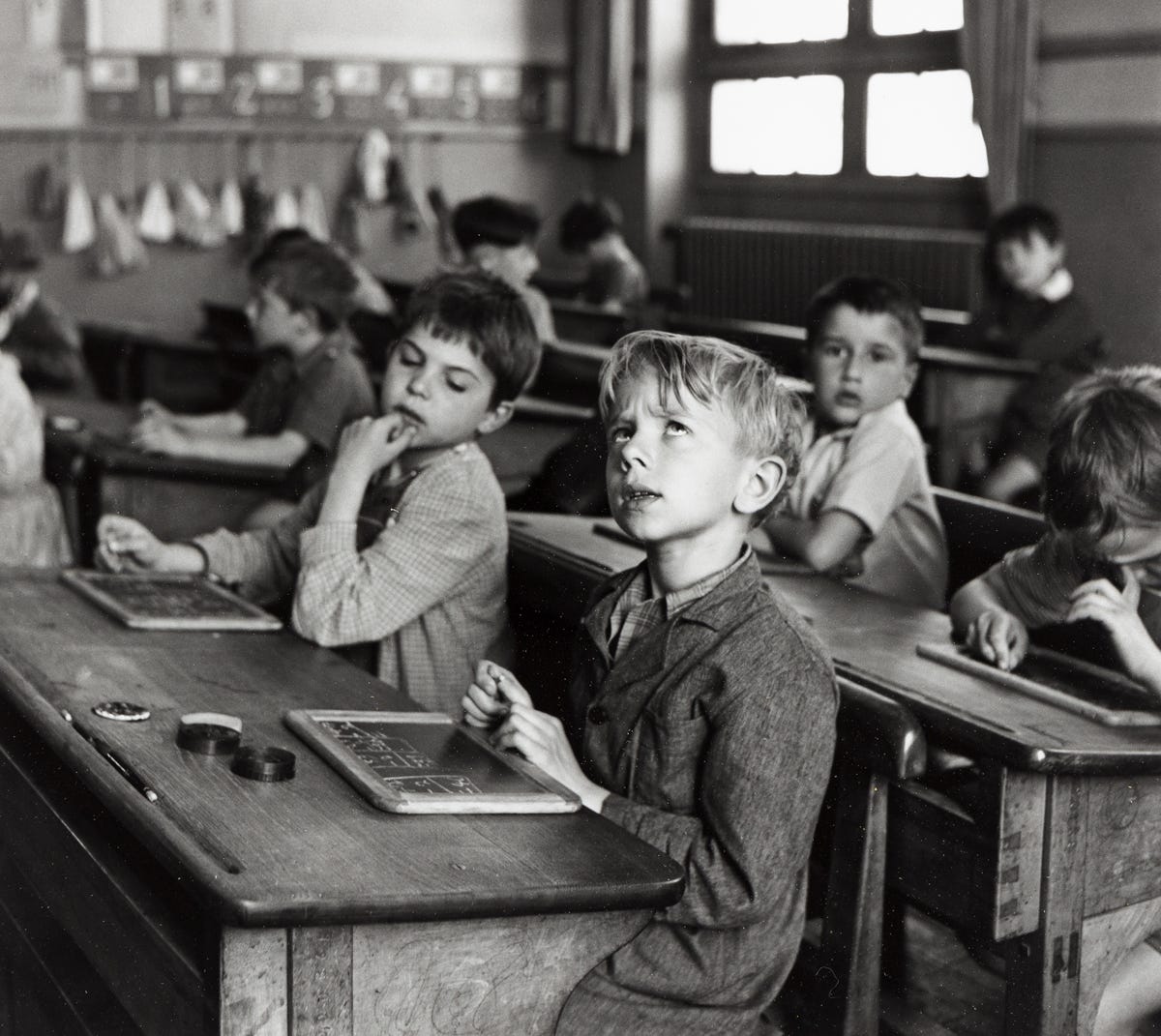
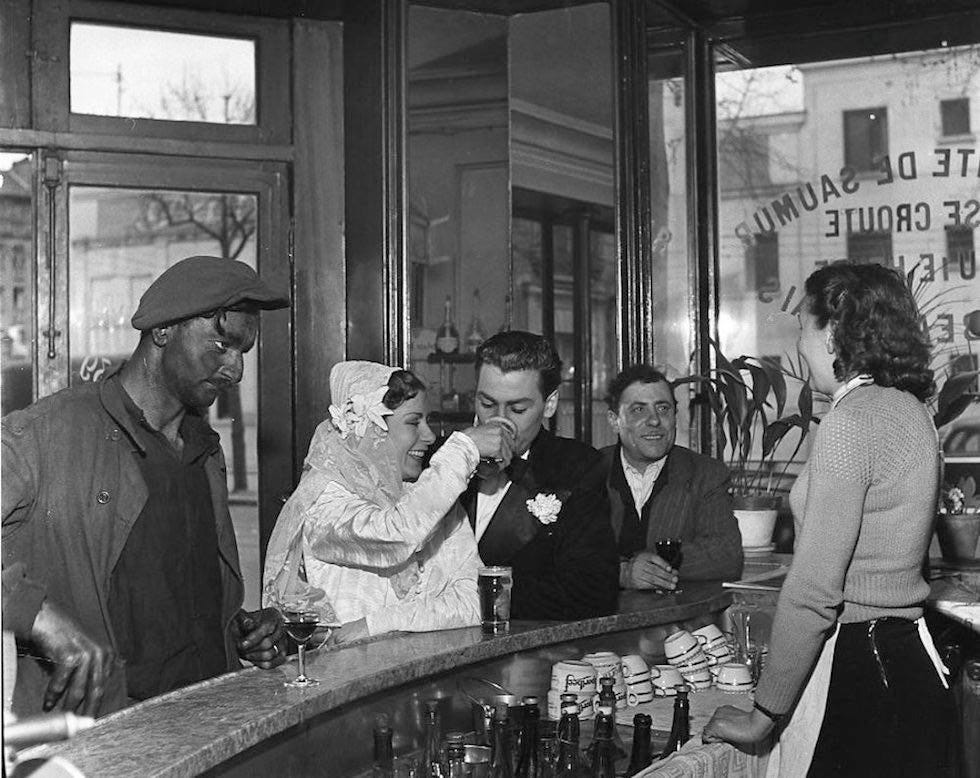

Another fine piece Neil.
Thanks a great read - I’ve often overlooked Doisneau for the same reasons discussed here but these images really are wonderful